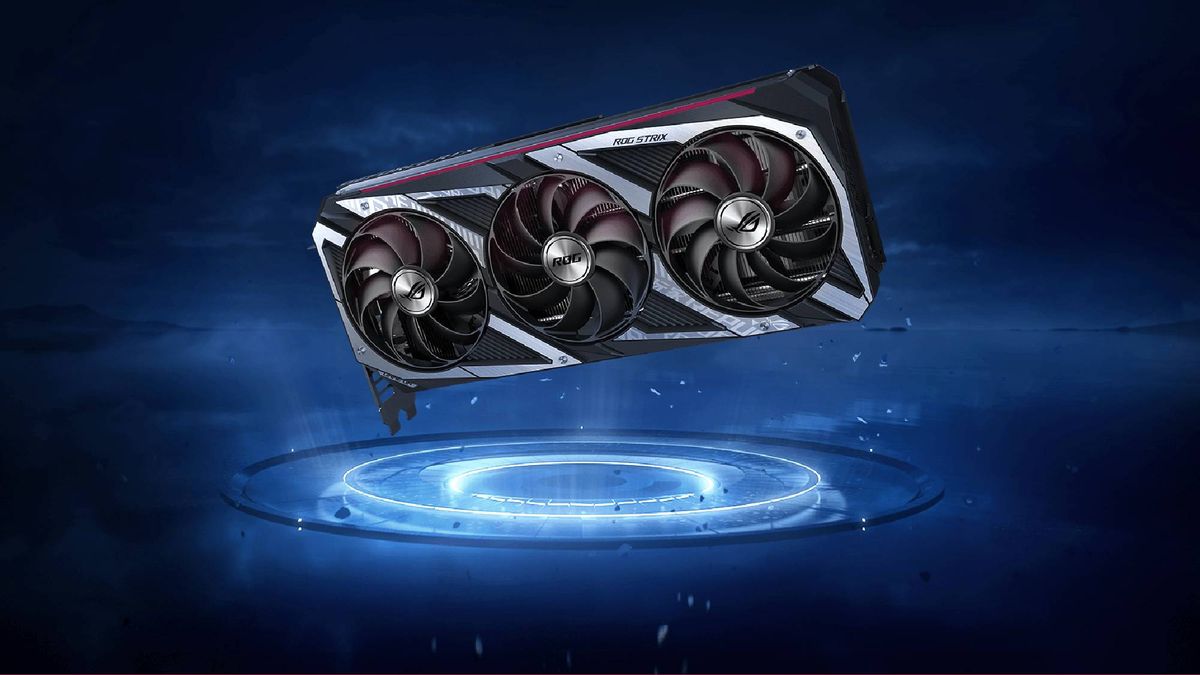There was a time that my PC featured some of the latest mid-range components that you could get on a gaming PC.
But that was nearly a decade ago, and many would argue that with a GeForce GTX 1060 graphics card, my setup is sorely in need of an update.
However, even though my graphics card is more than 8 years old, I’m in no rush to upgrade it to the impending RTX 50-series GPUs that are set to launch at CES 2025 later this month.
You’ll be surprised how much an SSD upgrade can do
One of the reasons I’ve held off on a GPU upgrade is because upgrading to an SSD provided an admirable boost to the performance of many of my games.
Upgrading to an SSD from a hard drive won’t suddenly make your game run at 120fps, but it provides a number of improvements that enhance the gaming experience overall.
Firstly, it speeds up loading times considerably. When my games were installed on an HDD, even a game with as few demands as Graveyard Keeper would take a significant time to load. Meanwhile, online games like Valorant would take so long to load maps that a match would have nearly ended by the time I loaded in.
Using an SSD as my dedicated storage for games quickly improved the experience, loading games quickly. In fact, it improved my experience so much that I noticed that a friend with an RTX 30 series GPU took longer to load their environment in Baldur’s Gate 3 because they had the game installed on an HDD.
So it turned out that the much cheaper and simpler upgrade to my PC staved off my desire to upgrade my GPU for a while longer. My only regret is that I opted for a 1TB drive rather than 2TB, as in less than a year I’ve already managed to fill up my dedicated games drive even though I uninstalled games I don’t plan on playing anytime soon.
Indie games aren’t all that demanding
While AAA games are the ones you’ll see covered in the headlines the most, the indie gaming scene is healthy and full of gems that will keep you busy.
Many of my favorite games over the past few years have been indie titles, many of which feature pixel graphics. These don’t tend to have very demanding requirements, meaning that my gaming library has been very gentle on my graphics card.
I just spent the past month or so achieving Perfection in Stardew Valley, a game which was released in 2016. Recently, I’ve also been going through my Steam library to also complete and get achievements in games I never had the time to get to as I try to get my 26% game completion rate average up.
When it comes to reviewing games, I also prefer to choose affordable indies that don’t hurt the wallet. Most of these cost less than $20, and while I have run into a few that are poorly optimized, they usually aren’t graphically demanding.
This means that my GPU has performed admirably when it comes to the types of games I play, with very few making me feel like I’m missing out on the full game experience due to a sub-par graphics card.
Even new high-budget games support my GPU
When it comes to high budget or AAA games, my GPU is still supported, often exceeding the minimum specs.
For example, I was able to play Baldur’s Gate 3 smoothly because its minimum GPU requirement is a GTX 970. For the recently released Dragon Age: The Veilguard, the minimum requirement is the same.
Sure, I could be getting higher frame rates with a better graphics card, but I don’t need to be running a game at 120FPS to enjoy it. I understand that higher frame rates are important in games like first-person shooters, but I only dabble in these on occasion, so I don’t really find the need for boosted performance.
The only game that has made me lament my graphics card performance is Ark: Survival Evolved, which was released in 2017. But I’m not about to upgrade my GPU for one game that I can still enjoy, albeit with a lower view distance and not as much detail as I would like.
I’ll take my time with upgrading
Despite preferring the flexibility of PC gaming over consoles, I’ve never been one to keep my PC updated with the latest and greatest hardware. A lot of this has to do with budget.
The reality is that not everyone can afford the newest monitors with the highest refresh rates or the most powerful GPUs (and the components you need to upgrade to support them).
Besides my SSD, my last upgrade was my CPU, and that was due to the previous CPU breaking. Necessity, rather than the desire for top-tier performance, has been the major driver of my PC upgrades.
The last time I considered upgrading my GPU was during the cryptocurrency mining frenzy, which put newer GPUs far outside my budget. Prices have since calmed down, but in that time I’ve grown to appreciate my GTX 1060 more. Eventually I will upgrade, but for now I’m happy to wait.
More from Tom’s Guide
Source link
